Using Behavioral Incentives to Strengthen COI Compliance
In the wake of the SEC’s dual release of Regulation Best Interest (“Reg BI”) for broker-dealers and its Interpretation of Standards of Conduct for investment advisers (“RIAs”), this is an opportunity to consider the efficiency and impact of compliance controls. For instance, are programs designed to quickly detect and prevent conflicts of interest (“COI”) that either act against the best interest of the retail investor, in the case of broker-dealers, or violate the fiduciary duty of RIAs? If not, Compliance Officers should implement strong behavioral incentives throughout the organization that can detect and/or eliminate COIs when they first arise.
Both Reg BI and the SEC Interpretation indicate the importance of such proactive measures in Compliance programs going forward. Take, for instance, the Interpretation’s mandate to “eliminate or at least expose through full and fair disclosure all conflicts of interest which might incline an investment adviser—consciously or unconsciously—to render advice which was not disinterested.” A top-down, reactive approach to compliance detection may cause friction without effectively addressing this comprehensive requirement. Before the implementation date, Compliance can begin to assess COI exposure using a sustainable governance framework during annual reviews, compliance testing and new product and business projects.
By implementing these six COI review projects early, Compliance departments can not only determine the impact of the SEC pronouncements, but buy precious time to efficiently align Compliance, operational and business controls:
- an inventory of actual COIs
- an inventory of potential conflicts that do not currently exist but might reasonably present themselves in the future
- an inventory and schedule review of regulatory filings, client disclosures and agreements
- a process for reviewing incentive compensation programs
- a process for reviewing new business and products, including revenue sharing arrangements for conflicts
- a process for reviewing personal COIs regarding non-cash compensation, gifts and personal investments
With an emphasis on horizontal engagement across departments, Compliance can assess the prevalence of COIs within business processes and design incentives, so COIs aren’t only found after they are baked into existing work flows.
Working alongside financial, product and sales experts, Compliance can use the results to assess and enhance Compliance and sales practices controls as needed; moreover, they can prepare to draft, file and deliver the new Form CRS Relationship Summary and other revised disclosures with greater confidence.
Finally, the effectiveness of Compliance efforts can be measured and fortified by the application of Compliance ROI calculations. These calculations not only illustrate how the investment of time and resources mitigates risks, but also reveals productivity gains and increased business opportunities afforded by the Compliance efforts. Metrics on prospective client inquiries, business engagement, behavioral incentives, efficiencies within operational processes, errors mitigated and IT and staffing budgets can substantiate the return on investment made on an improved COI framework.
Fraud and corruption exhibits a stubborn persistence throughout the world economy. Two-thirds of the world’s nation’s received a failing score on Transparency International’s CPI Statistics; all told, the world averages 43 out of a scale of 100. Prevention alone cannot shift these numbers; rather, financial professionals must be incentivized to do the right thing. Indeed, Reg BI and the Commission Interpretation indicates the time has come for a new approach to fighting COI; that’s where sustainable governance, horizontal engagement and Compliance ROI can improve our scores and our businesses alike.
Beth Haddock is the author of Triple Bottom-Line Compliance – How to Deliver Protection, Productivity and Impact. She advocates delivering sustainable compliance that increases brand protection, risk mitigation, productivity, and employee engagement.




